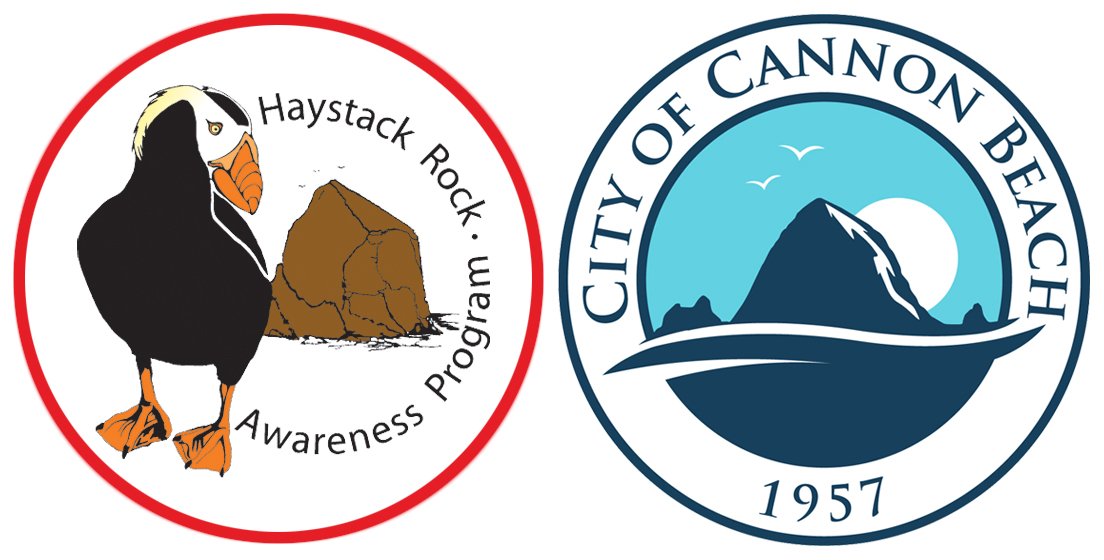
The First Rule of Ocean Safety is to Respect the Ocean.
Let's talk beach safety. Here at HRAP, we greatly respect our beautiful yet mighty Pacific Ocean. Here are a few guidelines to follow to keep you safe during your next coast adventure!
Heed Beach Hazard Statements: Before heading to the beach, it is important to be informed. The National Oceanic and Atmospheric Administration (NOAA) will issue a Beach Hazard Statement when adverse conditions are expected. Be sure to always check ahead for updates.
Check Weather and Tide Reports: Being aware of these conditions ahead of time can keep you out of potentially scary situations. Incoming tides can leave you stranded away from shore if you aren’t paying close attention.
Stay Off Logs: For your safety, avoid logs, whether they are resting on the beach or in the surf. These logs act like enormous sponges, absorbing tons of water, dramatically increasing their weight. Despite their weight the surf can effortlessly lift and tumble these logs.
Stay Off Rocks: While climbing on rocks and boulders is tempting, it is important to exercise caution. Waves can surge unexpectedly, potentially stranding you or sending you tumbling in the surf. Besides, these rocks are home to delicate intertidal life - let’s protect them by not climbing on them.
Never Turn your Back to the Ocean: Always keep an eye on the ocean to avoid being caught off guard by a larger wave surging up the beach. These “sneaker waves” are known for their unpredictability and strength and can knock adults off their feet.
Know when Lifeguards are on Duty: The Lifesaving program provides lifeguard coverage for the main beach areas associated with the City of Cannon Beach. The lifeguards provide a myriad of emergency and non-emergency services that are essential to maintaining safe and desirable recreational areas associated with the ocean shore.
Lifeguards are on the beach daily from 11:00 a.m. to 7:15 p.m. from Memorial Day through Labor Day. In May and September, they operate on weekends only, weather permitting.
The Lifesaving Program provides reactive interventions (emergency response to swimmers, surfers, etc., experiencing immediate distress) and proactive interventions (discouraging high-risk behaviors on the beach and in the water). Members of the Lifeguard Team conduct beach safety patrols, assist the Police with general beach supervision, assist with beach code enforcement, report misconduct occurring on and around our beaches, and deter Marine Garden Violations at and around Haystack Rock.
In Distress? Here is how to signal a lifeguard.
Locate the nearest semaphore
Loosen the rope to the signal arm
When the lifeguard arrives, tell him or her the location and type of emergency
Look Out for Rip Currents: Rip Currents are powerful currents moving away from the shore that can carry unsuspecting swimmers rapidly into deep water. If caught in a rip current:
stay calm, do not panic, conserve your energy
Do not try to fight against the current
Float or tread with the current, observing its direction, then swim directly left or right perpendicular to the current to escape. Once out, swim conservatively back towards the shore.
If you are unable to swim out of a rip current, call out to people on shore. Tell them to contact a lifeguard.
Maintain a Safe Campfire: Fires on the beach are a favorite evening pastime here on the coast. Please adhere to the following rules and regulations to prevent wildfires:
Know if there is a burn ban in effect
Fires must be 25 feet or more from dune grass and structures
Fire cannot exceed 3’ diameter and 3’ height
Burning driftwood is illegal
You must attend to your fire at all times
Extinguish flames with water, never extinguish with sand
Pay attention to wind direction and intensity

